It’s no secret amongst content marketers that gated content — also known as content hidden behind a paywall — has the potential to make you a lot of money. If you can provide information that is valuable enough, customers will subscribe, pay or submit their contact information just to gain access.
That said, there is one pretty substantial problem with gating your content in regard to SEO — Google may penalize you for doing so depending on how you handle the details. For example, if you’re not careful, Google may find fault with your site after labeling your paywall process as cloaking. The term essentially refers to the practice of providing different content to robots rather than visitors. This can happen if you use pop-ups to block viewers from content, while still allowing robots to crawl the page.
Therefore, the question remains: is it actually worth it to gate your content?
To Gate or Not to Gate
In most cases, it’s a good idea to offer a healthy balance between freely available and gated content. As for blocking content behind a so-called gate, it doesn’t always mean demanding money from your audience. Sometimes, a gate can be as simple as asking your audience to submit an email, phone number or contact information before they continue.
As for what content should be gated, you need to assess what you’re offering based on three different elements before you move ahead: those are purpose, promotion and overall value.
First, what is the purpose of the content you’ve generated? Is it specifically to boost revenue, increase traffic to your site, or encourage user interaction and inbound links? Depending on what you want out of your content, hiding it behind a gate may hinder your success.
Second, you must consider how you’ll be promoting the content. Is it something that should be shared openly across several social media platforms, or is it something you only want shared directly from your site? Infographics are a great example, because if you share them via social media most people won’t navigate to your site — since they’ve already viewed the content elsewhere. That is unless, of course you give them a reason to visit your site after. Without detracting from the point, you need to understand the best way to promote your content before you block it off.
Finally, you’ll want to accurately determine the value of the content you’re offering. If your content does not have value to your customers or audience, they will not bother passing the gate to access it. You need to ensure that your content is not only relevant, but also enticing and desirable.
Only after fully assessing these three elements will you know if it’s a good idea to hide your content behind a paywall or gate of some kind.
The Best Way to Gate Content and Avoid an SEO Hit
There are various ways to offer gated content, while still pandering to SEO. That said, we’re not going to cover all the different methods — instead we’ll cover the most viable option.
Robots do not scan or crawl a site the same way a human does. More importantly, they cannot complete advanced tasks to gain access to content — which means if yours is waiting behind a gate from the get-go the robots will not see it.
Therefore, the best way to implement gated content is to offer a preview or snippet before the gate closes everything down. To do this, include the wall within the content, and you’ll be pleased to know such a thing is not difficult to implement on the back-end. This allows you to create a keyword rich summary of your content robots can crawl, and an interesting tidbit to further tease your audience with.
To ensure your gated efforts remain effective, here are some additional tips to keep in mind.
- Keep forms minimal, and avoid requiring your customers to fill out multiple forms in short succession;
- Consider implementing social login support whenever possible, this allows you to collect data and keeps the whole process simple for the customer;
- Use profiling and bypass forms for return visitors, you don’t want to require loyal customers to register or resubmit upon every subsequent visit;
- Ensure your content is valuable and gives something back to your customer, don’t require them to pay – through email, currency or otherwise – only to receive nothing in return;
- Use a healthy balance of gated and non-gated content;
- Don’t prevent robots from accessing content, always allow them room to crawl even if it’s just a small portion;
- Avoid using “cloaking” techniques, which provides different content to robots and humans.
Play It Smart
For high-level marketers it makes a lot of sense to hide your most valuable content behind a paywall, or at the least a registration form. Go ahead and gate away, but be smart about it. Understand that if you get too greedy and start walling everything off, it’s going to affect your SEO ranking and hurt your exposure in the long run. That’s why we recommend keeping a healthy balance between gated and non-gated content. Furthermore, you must ensure that the content you do hide includes a snippet or preview available both for interested customers and the search crawling robots.
If you play it smart, the answer to my initial question is really a no-brainer. Yes, you should gate your most valuable content – provided you want something in return from your customers.



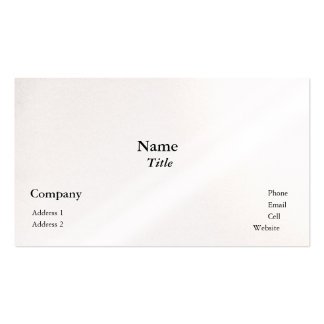

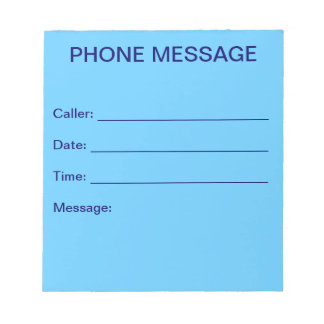
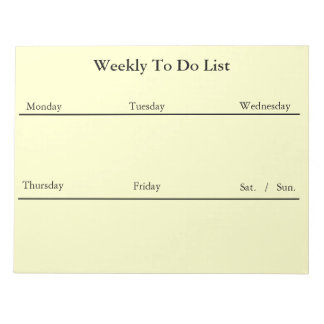


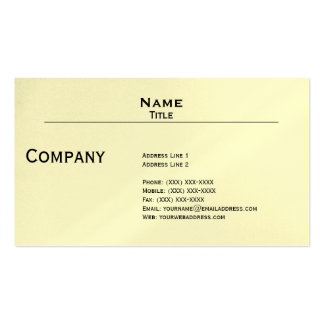

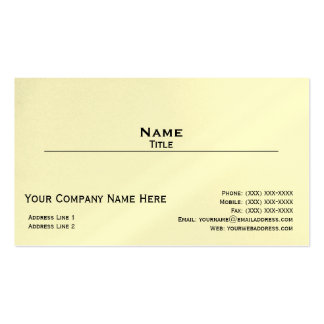
No comments:
Post a Comment